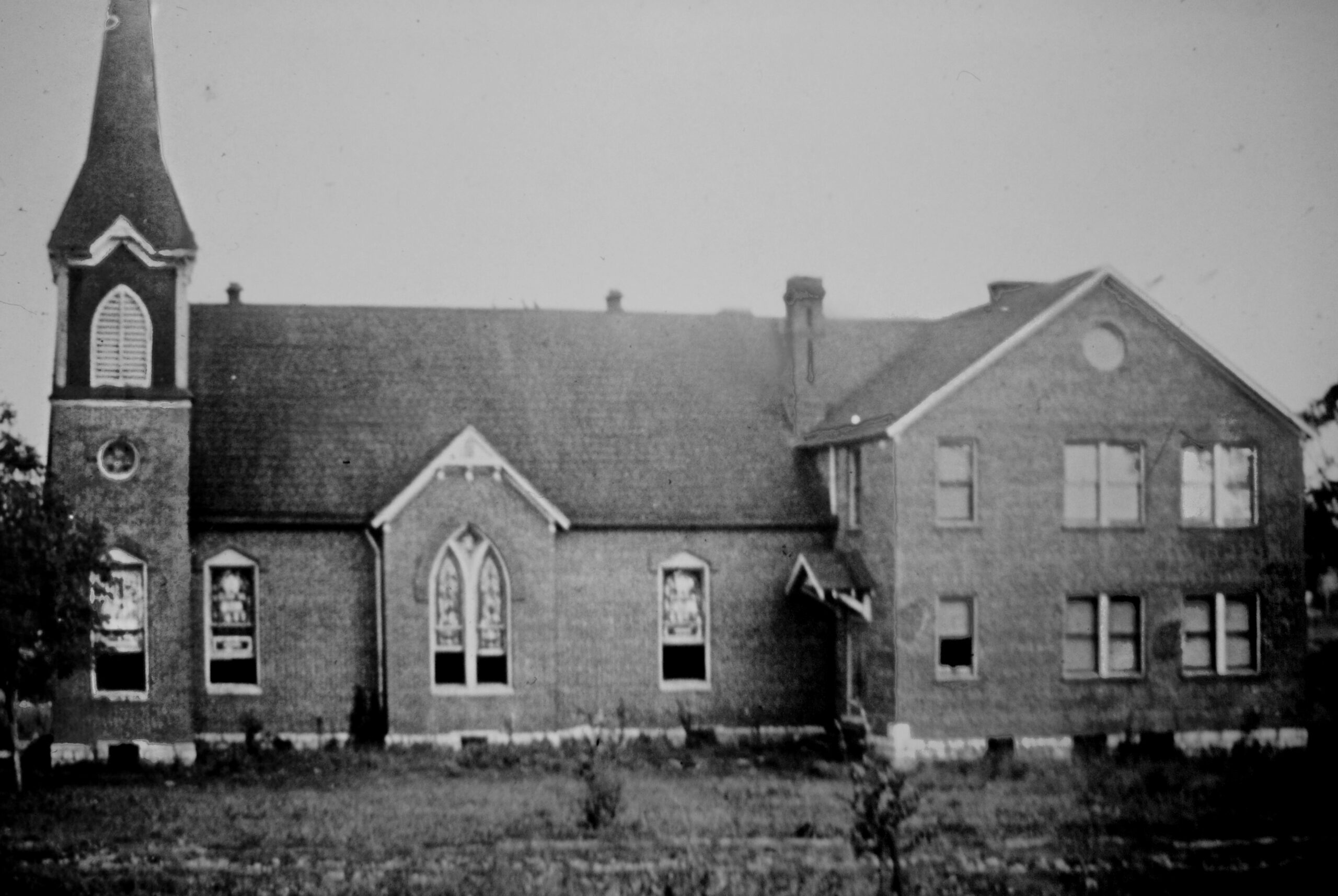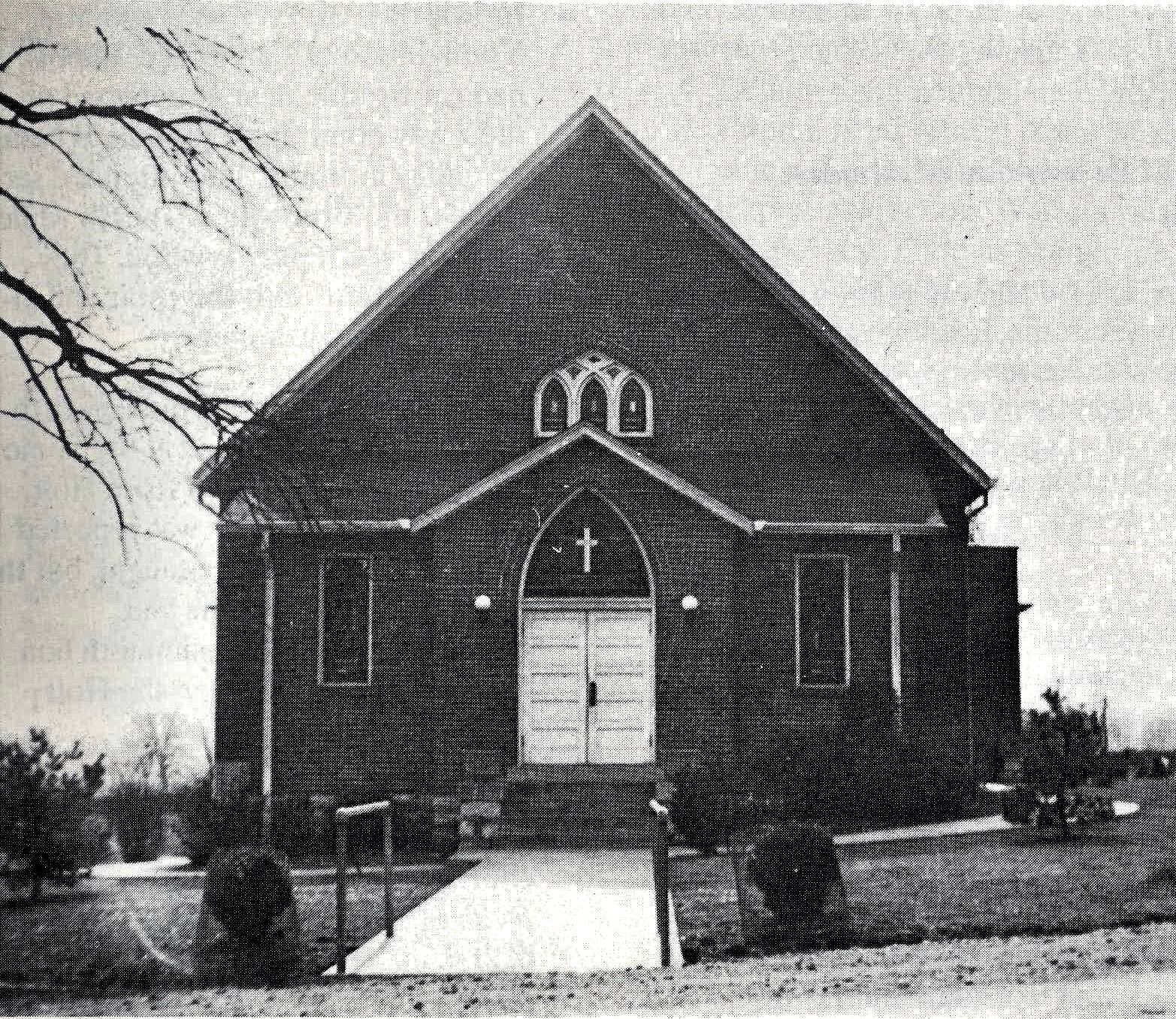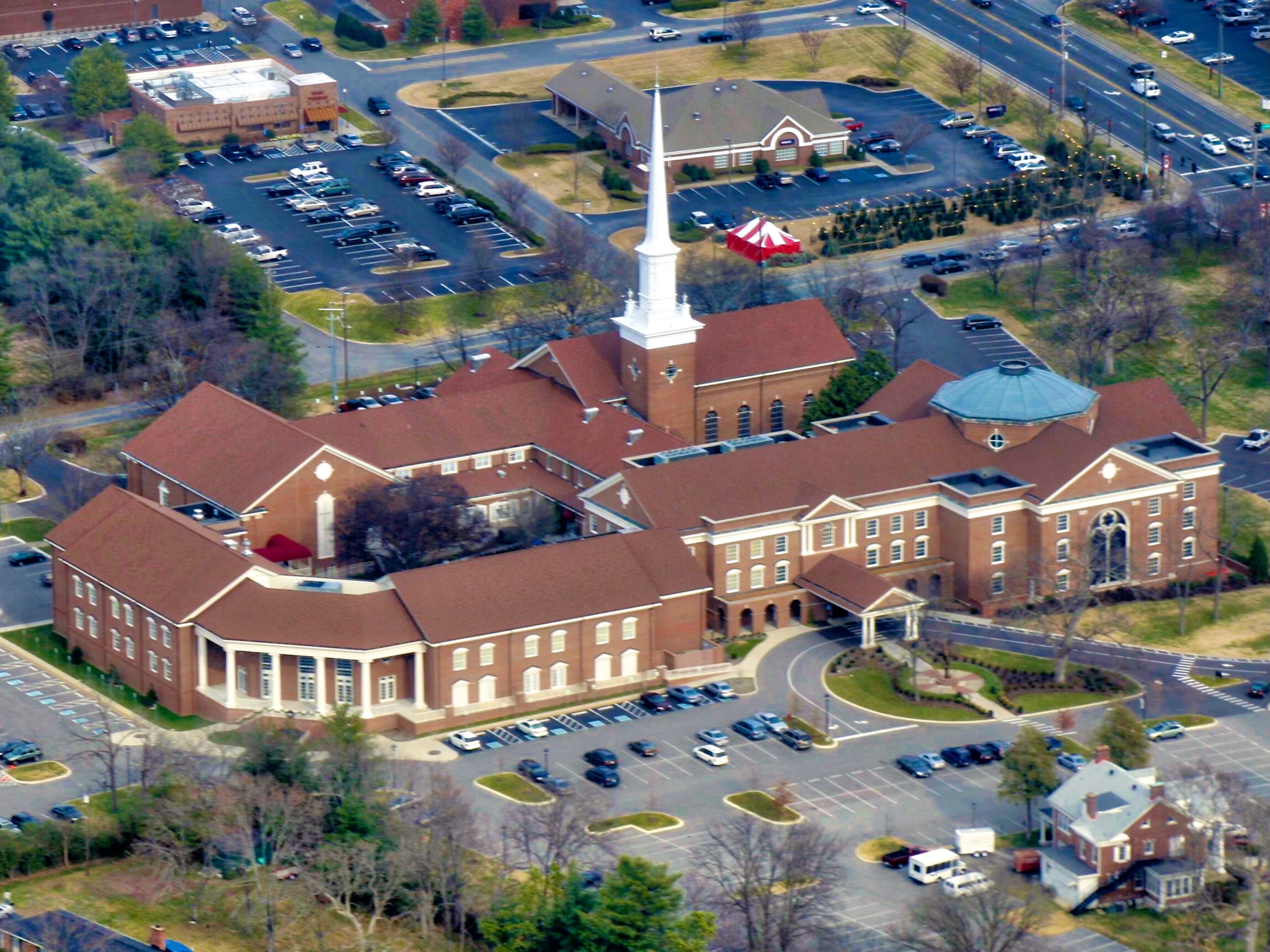Called Together Capital Campaign
Brentwood United Methodist Church is a healthy, vibrant church made up of believers whose vision is to create a culture of love formed through relationships with Christ and others.
Since our founding more than 170 years ago, we have been faithful to our mission as a local church and willing to take risks for the sake of that mission.
Today, we are faced with the challenge of aging facilities, outdated technology, inadequate acoustics in our Sanctuary, limited access to our Chapel, and the need for increased security for our facilities, particularly for the children. We are also faced with the challenges brought about by the COVID-19 pandemic and the opportunity to provide ministry in a hybrid way.
The oldest part of our facility, which serves our children and holds our Chapel, is now over 50 years old and is limiting our ministry to the Brentwood community, especially to children and families. Our Sanctuary is over 30 years old and in need of improvements in the ways of technology, accessibility, and acoustics to continue to provide meaningful worship experiences for people of all ages.
We must imagine a future that will enable us to strengthen our ministry to children, improve and increase the use of our worship spaces, and create a safer place for our congregation of all ages. It is time that we step out again in faith, to renovate, repurpose, and renew our current site in ways that accommodate our current ministry and position us well for ministry for decades to come.
We invite you to scroll through the page and learn more about our proposed renovation. Unable to find answer to your question? Please reach out to us at questions@bumc.net so we can connect with you and share more.

Brentwood Methodist Church on Church Street (1886)
Our Vision
Fundraising Goal: $19 million
Children's Ministry Area
Our BUMC Kids programs and activities are housed in the oldest wing of our campus. Our Day School (part-time preschool) and Early Learning Center (full-time preschool) are also located in this part of the building.
Our plan to renovate and repurpose this part of our building for Children’s Ministry includes:
- Repurposing the Family Life Center, allowing us to create large gathering spaces for preschool and elementary aged children, and additional classrooms for age-appropriate learning and activities, indoor play areas and specialty classrooms for therapy and music
- Improving security throughout the Children’s Ministry Area
- Creating a secure, separate entrance for the ELC that also provides for Chapel access during the week
- Renovating restrooms, kitchen and laundry area for our children’s ministries and other uses
The Chapel
The Chapel is home to our weekly Modern Worship service, where it has grown over 40% from last year. Unfortunately, due to security concerns, the Chapel currently sits empty during the week. Renovation and expansion of the Chapel will provide a second state of the art facility on our campus for intimate worship experiences, concerts, and ministry-related seminars, and also make it possible to access the Chapel during the week.
Chapel renovations will include:
- Aesthetic and acoustical upgrades
- Redesign of the chancel area to create a larger, more flexible space
- Updating the audio, video, lighting, and technical systems
- Increasing seating capacity on the main floor by recapturing the space under the balcony
- Providing flexible seating options, to accommodate a traditional worship service and other ministry events
- Adding balcony access from within the Chapel
- Enclosure of the Prayer Garden colonnade to provide a weather controlled connection of the Chapel to the other public areas of the church, while maintaining secured children’s areas
- Updating restrooms
- Creating a larger, welcoming area at the Williamsburg Road entrance
The Sanctuary
Our Sanctuary, home to multiple weekly worship services, weddings, funerals, special seasonal worship and concerts, has outdated technology and is showing the wear and tear of 32 years.
Sanctuary updates will include:
- Aesthetic and acoustical upgrades
- Electronic and architectural enhancements to improve the quality of sound for both the spoken word and a full range of musical expressions from the organ, choir, soloist, orchestra, choral, and instrumental ensembles
- Redesigned chancel area for more usable space and accessibility while improving the acoustical balance in the room
- Sound lock vestibules on all levels to reduce noise levels and distractions from the Narthex into the Sanctuary
- Mechanical changes including relocation of HVAC components, increasing air handling capacity, and soundproofing the organ blowers

The new Brentwood Methodist Church (1939)
Healing Housing
Fundraising Goal: $1 million
We will allocate a small portion of the Capital Campaign proceeds to help Healing Housing purchase two houses for the ministry. As a congregation that is blessed with resources to renovate and renew our facilities for ministry, we believe it is important to share beyond our walls, and we want to share in blessing our ministry partner with appropriate facilities of their own.
Healing Housing, founded in 2017 by a group of women in our church, is an independent 501c3 and a Strategic Ministry Partner of BUMC. It is a residential recovery program serving women with limited resources throughout Middle Tennessee who are healing from addiction. In addition to providing a stable home, Healing Housing provides extensive support services to women transitioning from drug and alcohol treatment. Many individual BUMC members have been extraordinarily generous in supporting this ministry partner and comprise a large majority of the individual financial support. In addition, BUMC has provided in-kind support, and the BUMC Foundation has supported several programs for the women of Healing Housing over the years, in the amount of $298,842.22. Healing Housing has never received any direct financial assistance from the church’s operating budget.
Healing Housing currently rents two homes in Franklin that offer round-the-clock, recovery housing and supportive wrap around services for 16 residents and 2 senior peers, with 1 evening house manager who provides oversight. In addition, there is a small office space for the executive director and 4 other full-time employees. The Healing Housing Board of Directors began exploring the purchase of these homes, recognizing by owning the homes, Healing Housing will be able to provide more stability, potentially build equity, and take care of some major repairs and upgrades. After exploring the possibility of purchasing these homes, and the need for the high dollar cost of upgrades and repairs, Healing Housing Board of Directors determined a better option is to purchase different homes for this ministry. God has provided in a mighty way! Four new homes became available in Nashville that could be purchased for near the same price as the 2 rental homes, so plans quickly pivoted. These four homes will provide for expanded housing, office space, places for counseling and meetings, and step-down housing for qualifying graduates. They are located near public transportation, a local UMC that is interested in partnering, and many services that will be beneficial to the women. More can be found about Healing Housing at healinghousing.org.
Capital Reserve Fund
Fundraising Goal: $1 million
While we are putting time, attention, and money into our facilities now, we want to make sure we are financially positioned to maintain the space for the foreseeable future. Managed by our Board of Trustees, our goal is to have a balance of around $1,000,000 in our Capital Reserve Fund for ongoing maintenance and upgrades, to avoid hindering our operating ministry budget. We are proposing to include $1,000,000 in our Capital Campaign to replenish the Capital Reserve Fund.

Brentwood United Methodist Church (2006)
Key Dates to Remember
September 10, 2023
October 15, 2023
November 19, 2023
April 15, 2024
April 21, 2024
-
September 1, 2024
September 8, 2024
Adjusted worship services begin (8:15, 9:45, 11 a.m. all in the Sanctuary)
Phase 1 Complete
Phase 2 begins, worship services move to the Chapel & Family Life Center
Ways To Get Involved
MAKE YOUR PLEDGE
- The Pledge Amount box is the amount you wish to give per frequency (i.e. weekly, monthly, annually)
- Please review the Total Pledge amount above the contact section before clicking Create Pledge to ensure your total amount is accurate
- You will receive a confirmation email once your pledge has been submitted
- It's A Match! Every dollar pledged after $10 million will be matched dollar for dollar (up to $3 million).
- Our $21 million pledge goal is broken down into 3 areas: $19 million for construction updates, $1 million for Healing Housing, and $1 million for Capital Reserve Fund.
